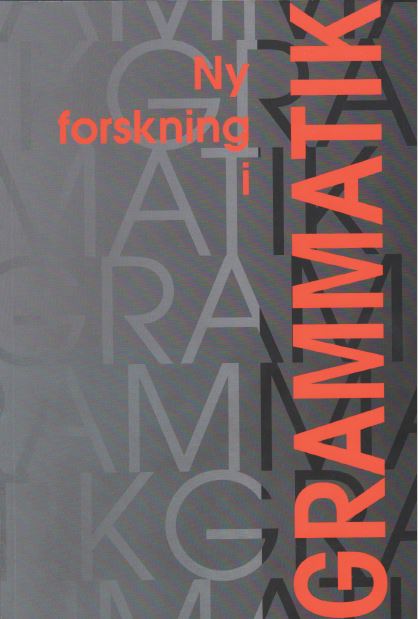'Override'-refleksiver i dansk og engelsk
DOI:
https://doi.org/10.7146/nfg.v0i27.122135Resumé
‘Override’ reflexives in Danish and English Surprisingly, English allows
(i) Peter’s behaviour only damages himself.
(ii) Peter doesn’t realise that such behaviour only damages himself.
although himself does not refer to the subject (i.e. Peter’s behaviour/such behaviour). Far from all clauses allow himself to not refer to the subject, and therefore himself in (i-ii) is often called an ‘override’ reflexive. We suggest that ‘override’ reflexives are the combination of nonreflexive him with the intensifier himself, and that this is then ‘shortened’ from him himself to himself. In Danish, the combination of the corresponding pronoun ham with the corresponding intensifier selv results in the Danish ‘override’ reflexive ham selv. This paper will show how Danish having two versions of ham selv and English two versions of himself fits into the general reflexive systems of the two languages. The analysis will be held up against data from the major corpora: KorpusDK, BNC and COCA.
Downloads
Publiceret
Citation/Eksport
Nummer
Sektion
Licens
Forfatteren/forfatterne og Dansk Sprognævn har ophavsret til de artikler der bringes i tidsskriftet.





